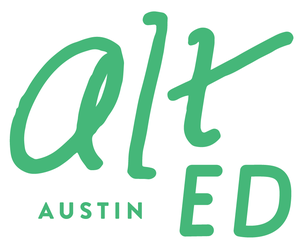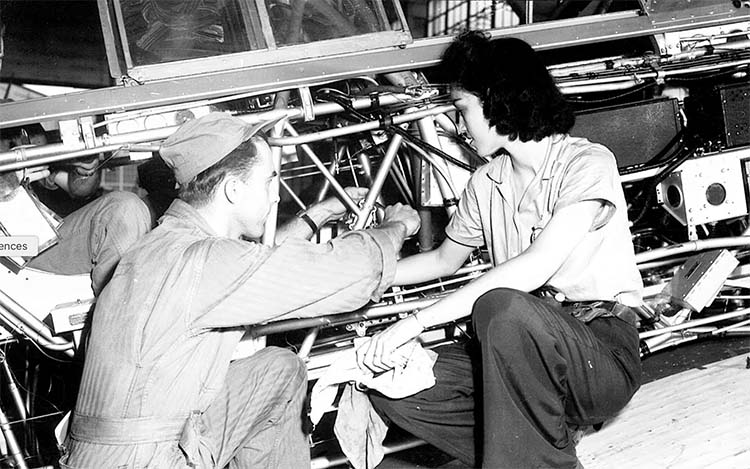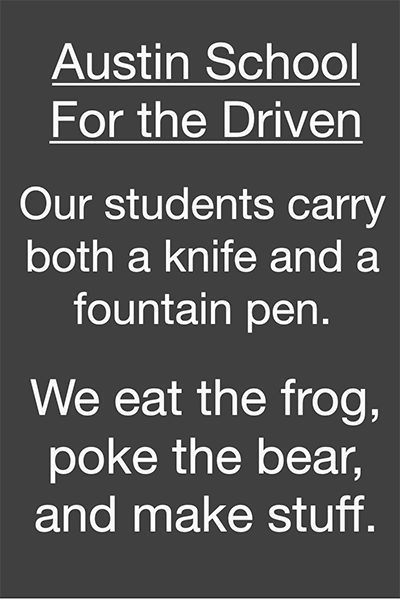Media Monday: Zoom in on culture with Google
/Today’s Media Monday is for parents and kids looking for a way to expand and enrich their learning about art, history, archaeology, the natural world, and that big mishmash that makes up our shared human culture. Google Arts and Culture is both an online site and an app for phones and tablets (both iOS and Android) that brings a VAST collection of art, historical and natural objects, museums, parks, and more to viewers through high-resolution images, sound, and 360-degree virtual reality video.
The idea is to allow learners to get as close as possible to the process of creating batik cloth in Ghana or Leonardo da Vinci’s engineering creations. We can see art, architecture, and historical objects that we might never have the chance to look at and learn about in person, and through these superb images and sounds—all accompanied by expert narration by historians, scientists, and museum curators—we can see much more than we would be able to see even if we were at the museums ourselves.
Kids interested in art can almost touch Mary Cassatt’s brush strokes and colors, and kids interested in dinosaurs can watch The Giraffatitan come to life, as its skeleton is covered with flesh and skin and it begins to walk around Berlin’s Museum of Natural History.
The thing that struck me most when I was exploring the website and app myself is the advantage of the zoom feature. If I were at the London Natural History Museum’s exhibit on butterflies in real life, I couldn’t get close enough to really see the changing colors of the wings the way I can by zooming in on my screen. And as someone who lives in Washington, DC, with easy access to the Smithsonian’s amazing collections, I have to admit that the advantages of using this tool are nothing to sneeze at: no crowds, no waiting, you can stay as long as you like at each exhibit—and they’re all open 24/7.
Each week new experiments and collections are featured. The Voces Oral History Project, based at the University of Texas, is featured this week. The project documents and creates a better awareness of the contributions of U.S. Latinos and Latinas of the WWII, Korean War, and Vietnam War generations.
Clearly, this will send you down some fun rabbit holes, so allow plenty of time the first time you and your kids dig in. Yes, I did look at the life story of a pickle—I’m not ashamed of it! I especially enjoyed the collections of London’s Museum of Natural History and exploring the art of China’s Forbidden City. For fun, I also watched YouTube creator Ingrid Nilsen talking about the history of ripped jeans and other purposely tattered clothing that goes back to 15th-century Switzerland. And as a huge fan of volcanoes, caverns, and all things geological, one of my absolute favorite collections is a group of videos of park rangers offering guided tours of U.S. National Parks, including Hawaii Volcanoes National Park.
For a little more context about Google Arts and Culture, check out the Library Journal’s review.
Shelley Sperry





















